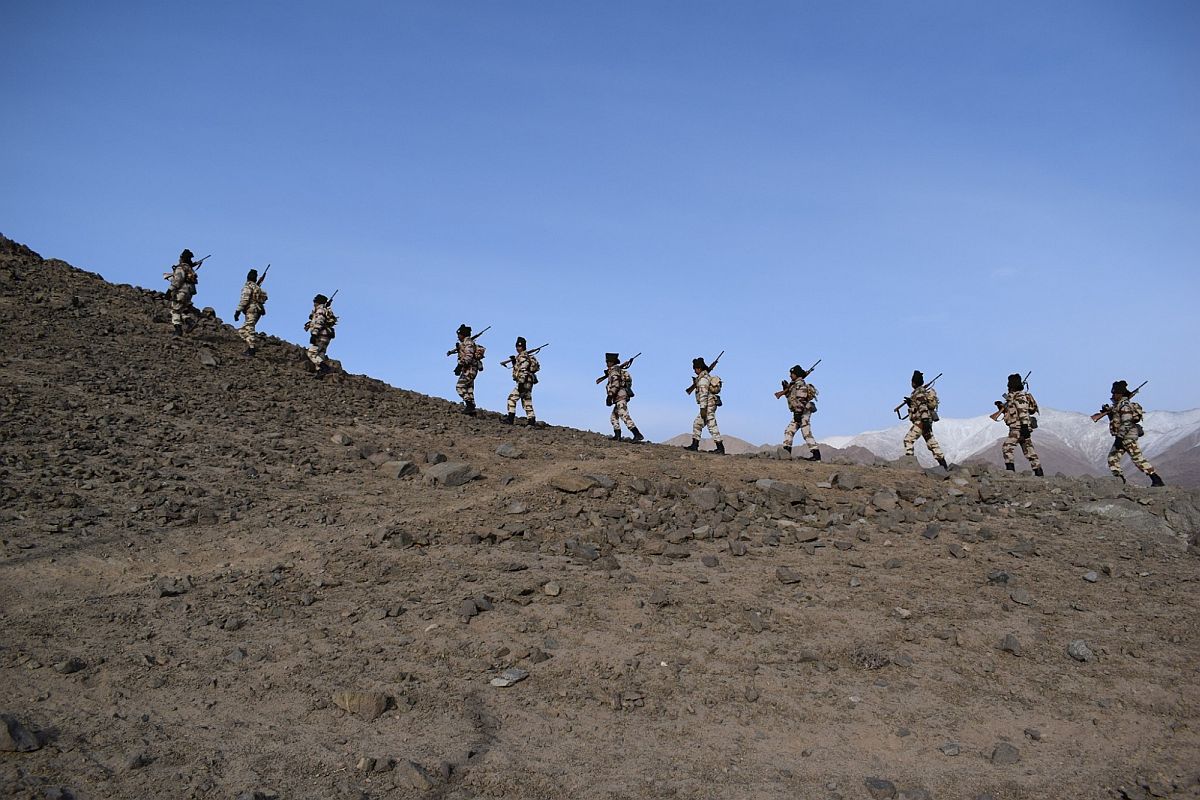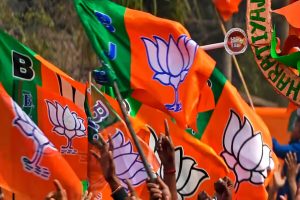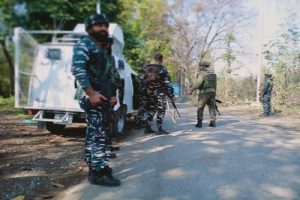The Russian-Ukrainian war reconfirms the obvious, that popular attachment towards the idea of sovereignty in the attacked region can play a decisive part in repulsing the overwhelming attacker.
Despite more firepower, the Americans could not control Vietnam, Somalia or Afghanistan, just as the Soviets ultimately withdrew from Afghanistan in the 1980s, and the Russians now struggle in Ukraine. Local sentiment was against the invader.
Contrast this with the success of the 1990-91 ‘Operation Desert Storm’ in retaking Kuwait, or even the relative welcome afforded to Americans taking over Baghdad, especially in the Shia quarters (which had remained disengaged with Saddam Hussein’s Sunni- dominant regime). Here, the local sentiment was against the power structure in place, prior to foreign intervention.
Combatants who partook in action in the 1962, 1965 or 1971 wars would recollect the invaluable support of the locals in border areas who put themselves at immense risk in helping the Indian military, in so many ways.
In a virtual repeat tactic of the first Indo-Pak war of 1948, Pakistanis under ‘Operation Gibraltar’ in 1965 had sent in its soldiers disguised as locals, with the intent to foment local insurgency in Kashmir ~ the supposition fell on its face, and there was no revolt by local Kashmiris. This ground reality of local sentiment in Kash- mir was despite the wounded politics and intrigues that had preceded its accession to India.
Pakistan had miscalculated the severity of local dissonance as being tantamount to total disengagement with ‘Delhi’. In its third coming with almost the same assumption and result as ‘Operation Badr’ in 1999, the lid on the infiltration by Pakistani regulars was crucially blown by the native Bakarwal/Gujjar shepherds, who promptly informed the Indian Army. Kargil was to perpetuate the results of all prior Indo-Pak wars.
Despite the armed insurgency in the Valley through the 1990s (fanned from across the Line-of-Control), no local uprising supporting the Pakistani misadventure was attempted by Kashmiris, during the Kargil War. A silent and very substantial majority had remained invested in the inclusive ‘idea of India’, despite the fractured status of insurgency persisting. Meanwhile, stories of local villagers along the Punjab and Rajasthan borders during earlier conflicts goading the Indian soldiers with food amidst shelling during the war are part of military folklore. Importantly, the diversity of multi-cultural India in terms of its religio-ethnic ‘divides’ is especially pronounced along the border regions, be it in the Northeast, Ladakh, J&K, Pun- jab or border regions of Rajasthan and Gujarat.
This socio-reality has always been exploited from across the borders and explains the various secessionist movements that have plagued certain areas. Yet with various accords (Punjab Accord, Mizo Accord, Assam Accord etc.), thawing talks e.g., Naga talks and various other reassuring concessions, the ‘Idea of India’ triumphed with its restorative accommodation, never allowing local disaffection to reach a point where the aggrieved locals in border states overwhelmingly preferred other flags, odd provocations by fringe, secessionist, and extremist elements notwithstanding.
The uninterrupted outreach in terms of sovereign commitments towards tenets of democracy, liberality, secularity, and its profound spirit of Indian constitutionality, proved invaluable.
However, like most democracies in recent years, India too has faced evolutionary changes that have birthed newer passions, interpretations, and discriminations of hyper-nationalism. Understanding the impact of these polarising changes in these borderlands of ‘diversities’, beyond the overall electoral results, is extremely important.
The five distinct regions that have faced the maximum brunt of wars since independence have been Arunachal Pradesh, Sikkim, Ladakh, J&K and Punjab ~ none of these regions reflects the ‘majoritarian’ religio-ethnic denomination of India. Between them, they contribute only 22 out of the 545 seats in the Lok Sabha, or 4 per cent of electoral stakes in government formation, and therefore, consideration.
On the contrary, displaying so-called ‘assertive action’ or ‘sorting out’ problems herein, can galvanise the Indian electorate towards certain partisan preferences in the heartland of electoral stakes.
The collateral and natural resistance of the predominantly minority religio-ethnic populace (against majoritarianism) along with such border areas, as the consequential perception of subjugation, diminishment, or demonising, can dangerously enlarge the distance from Delhi.
These border regions with their strategic geographically outlier status must be handled sensitively and empathetically. This is not to suggest the lowering of militaristic steel in these areas, but only to ensure constant political cooption, inclusion, and celebration of their Indianness, as done for all. Blanket ‘othering’, especially in these regions must be avowedly shunned. In the bloodied Ukrainian context, regions like Crimea, Donetsk, Donbas etc., were ignored at their own peril by the rest of Ukraine.
India must introspect hard if in recent times the proverbial distance between the imagined Delhi (irrespective of the dispensation of the day), by an unseen Kashmiri, Punjabi or a North Easterner has lessened or increased?
The delta of electoral results can gloss over ground reality, especially in these vulnerable border regions. Simplistic generalisations are yet another fatal misstep, as the wounds inflicted out of ignorance can be prohibitive, for example in the case of the rape of a seven-year-old girl Bakarwal girl in Kathua district.
Optics suggested that a sur- real and unwarranted admixture of Kashmiri insurgency, Rohingyas, the tricolour and nationalism were incredulously conflated! That the nomadic Bakarwals have historically been the ‘eyes and ears’ of the Indian Army in far-flung areas are not even ethnically Kashmiris, or have anything to do with Rohingyas etc., was all thrown to the wind.
While it may be a forgotten issue in the rest of India with the moving on to other issues, the impact of such an incident on the close-knit Bakarwal community may still linger. A simple law-and-order issue was twisted into an issue of nationalism, and by default, sections had got ‘othered’ into being called anti-national!
The idea of India is beyond partisanship or constitutional re-imagination ~ it is certainly not about appeasement or revisionism, but about equal dignity and rights for all citizens.
India’s outpost regions and its diversities have stood proudly by its sovereignty not because of its reckless politicians, but despite them (since independence, without exception). India needs to navel-gaze and consider this delicate conundrum, beyond partisan prisms.












